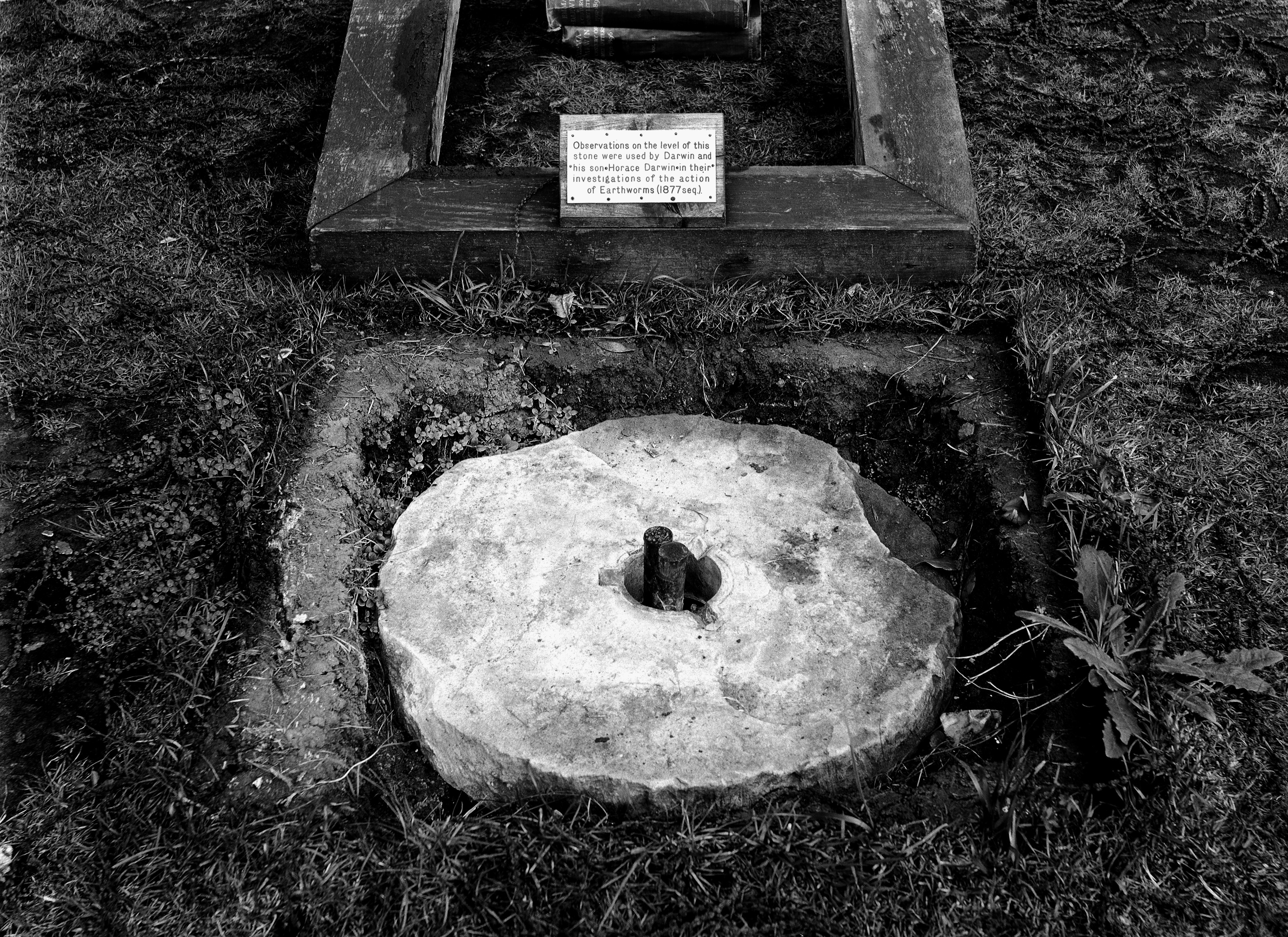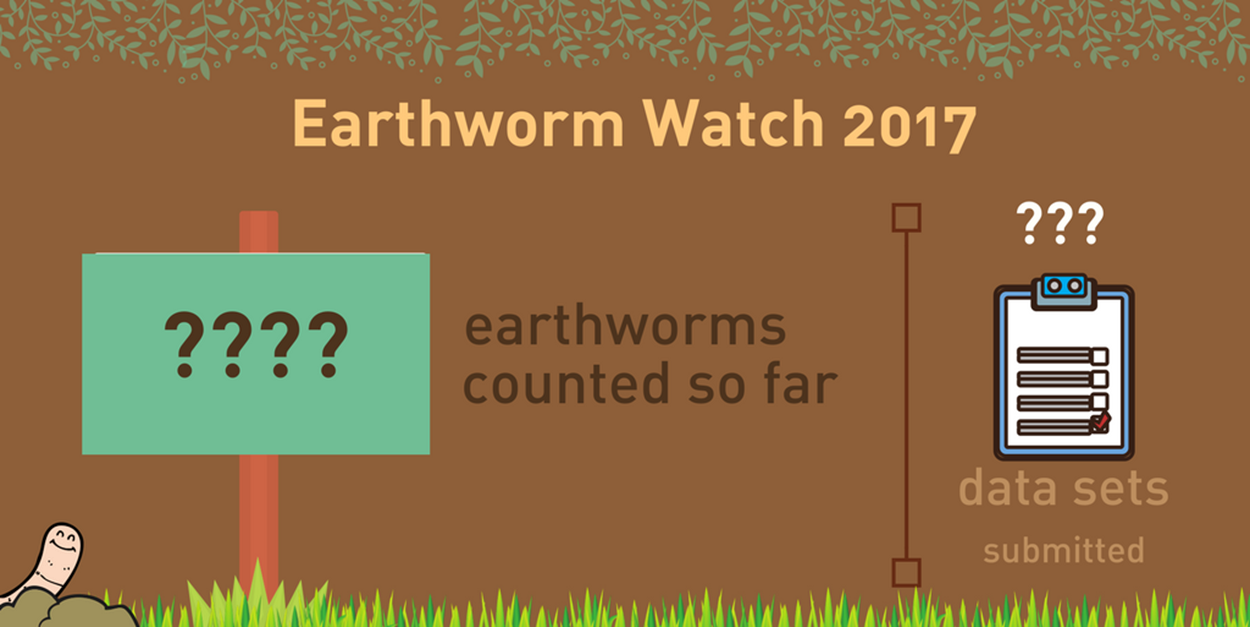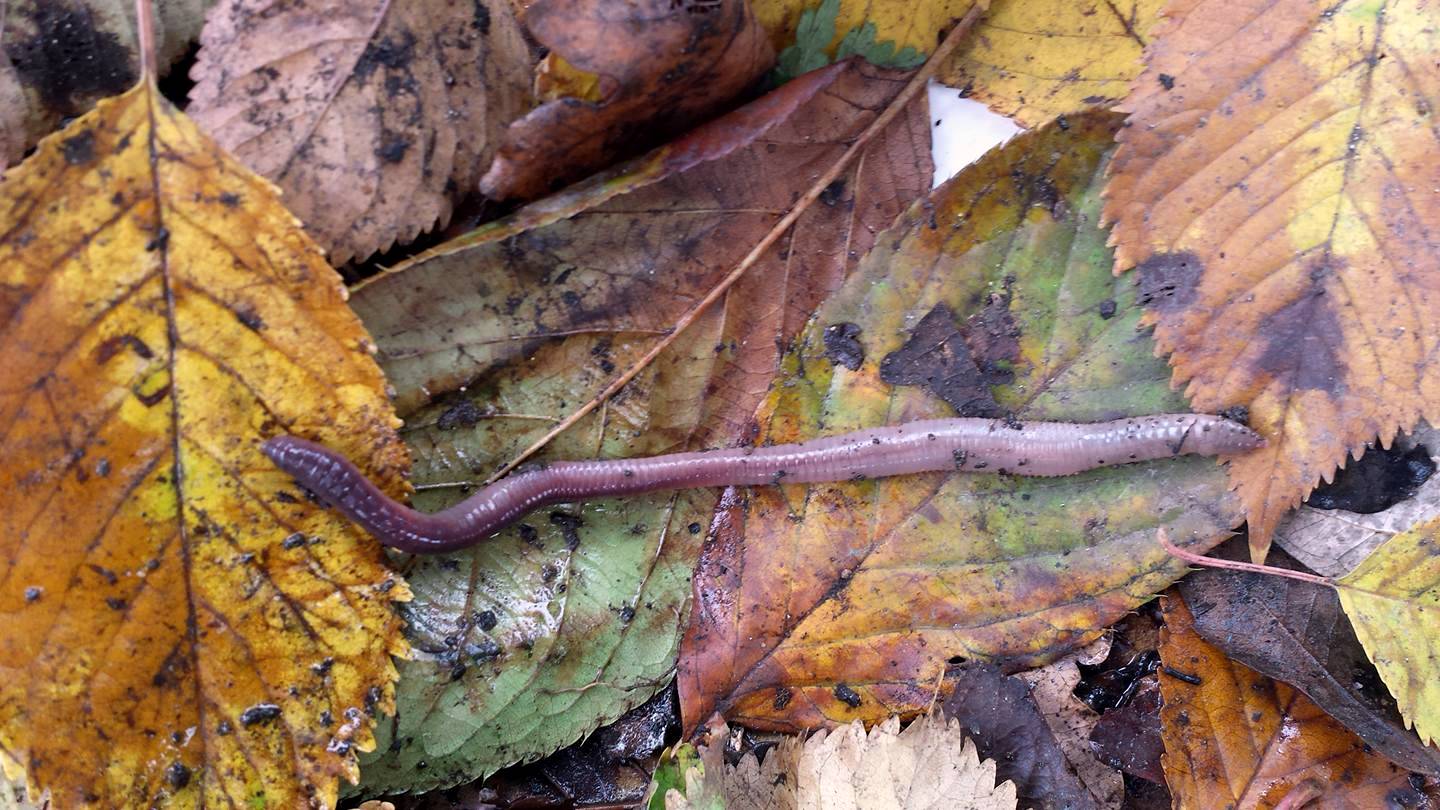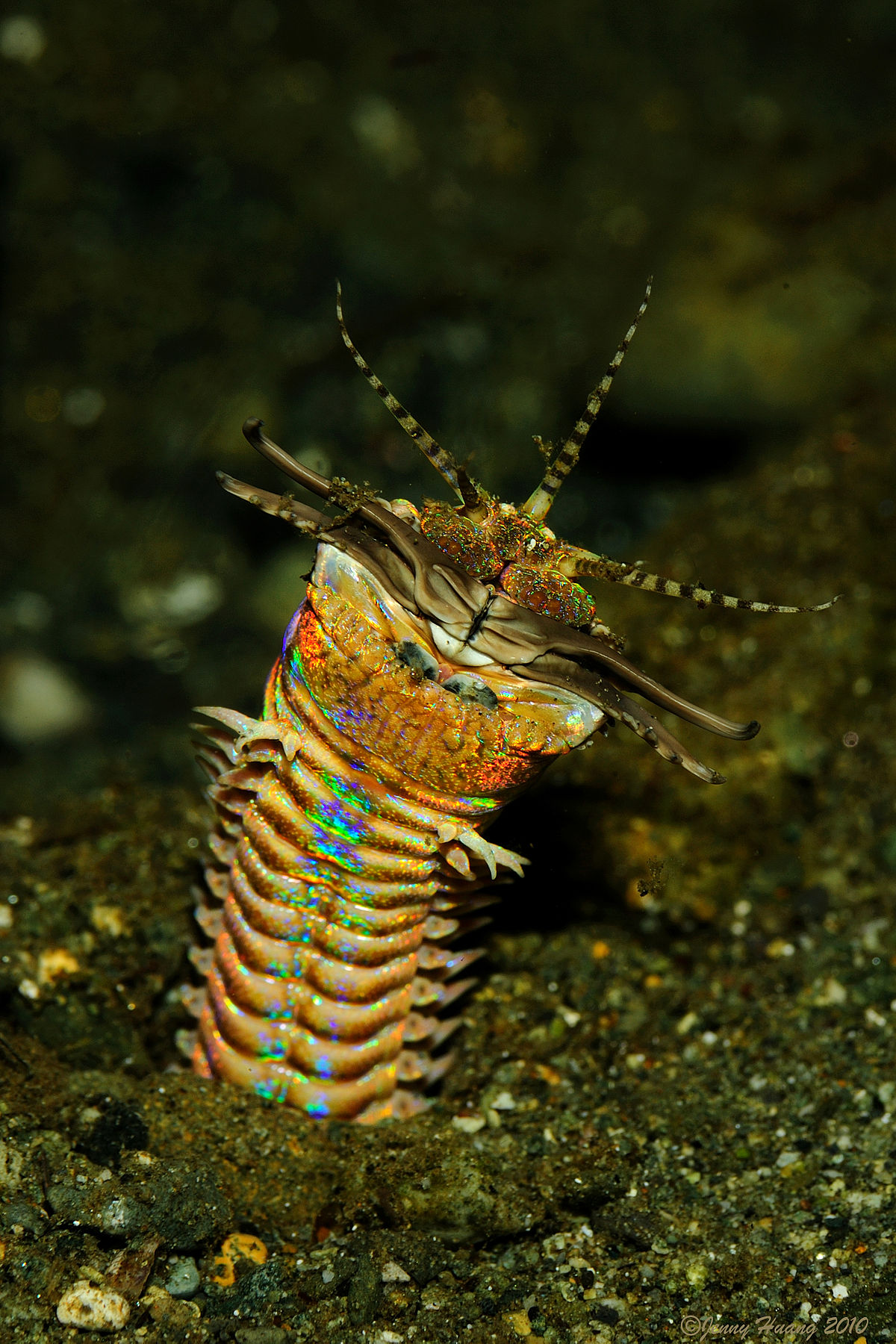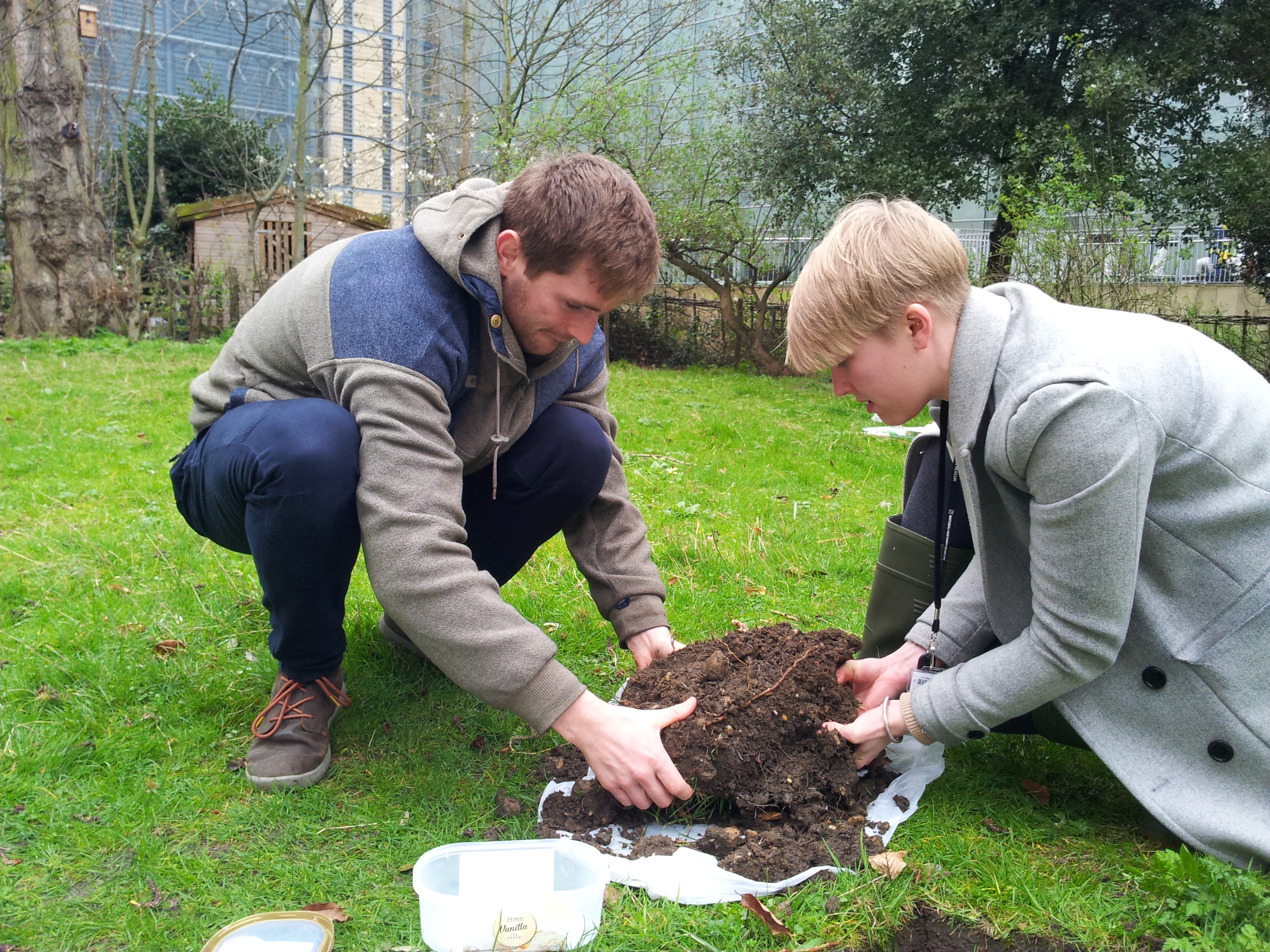Charles Darwin is best known for his contribution to the theory of evolution and his book On the Origin of Species but he was also fascinated by earthworms whose behaviour he observed and experimented on in his garden at Down House, Downe, Kent. Darwin’s book The Formation of Vegetable Mould through the Action of Worms, with Observations on their Habits is the result of his 40 year study on earthworms, including a 29 year experiment measuring the rate that a stone is buried by the burrowing activities of earthworms. ‘Worms’ as it is affectionately known was very popular, initially outselling On the Origin of Species with 6,000 copies in the first year, and was to be Darwin’s last scientific book, published in October 1881 just six months before he died.
Useful Links
About Us
Earthworm Watch is a collaboration between Earthwatch Institute (Europe) and the Natural History Museum in London

